
漢德百科全書 | 汉德百科全书
 Taiwan Sheng-TW
Taiwan Sheng-TW
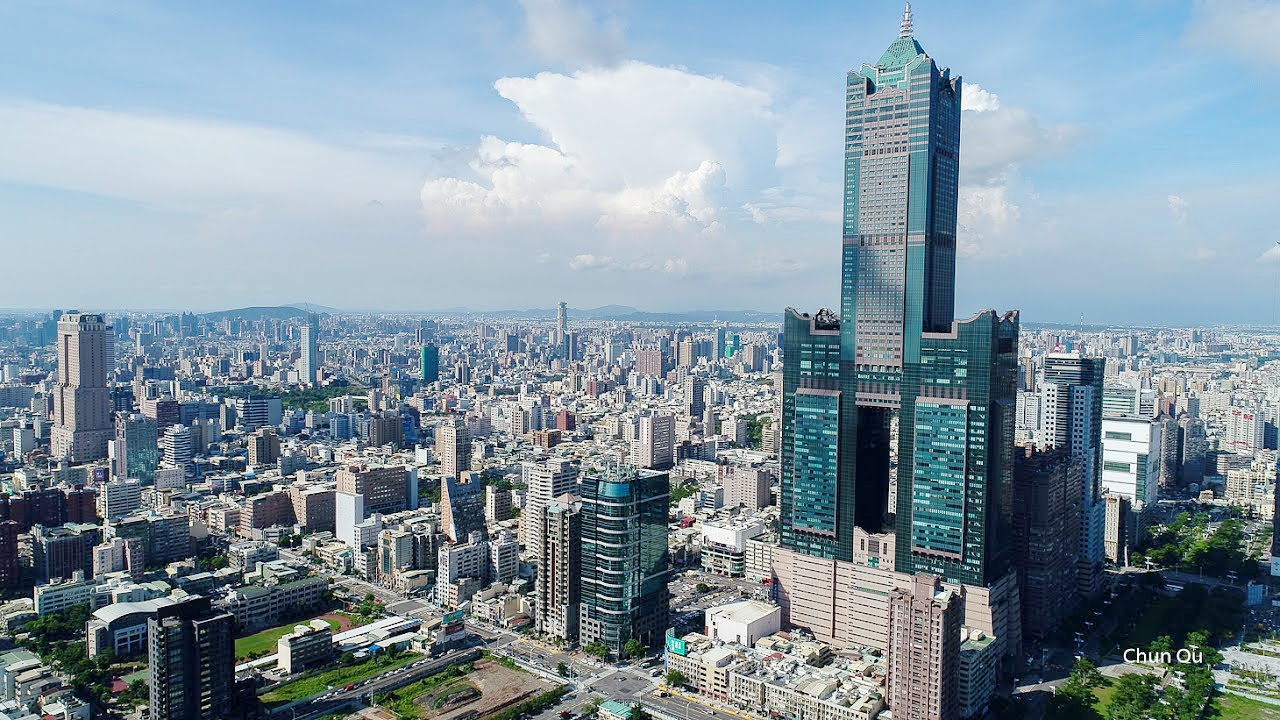

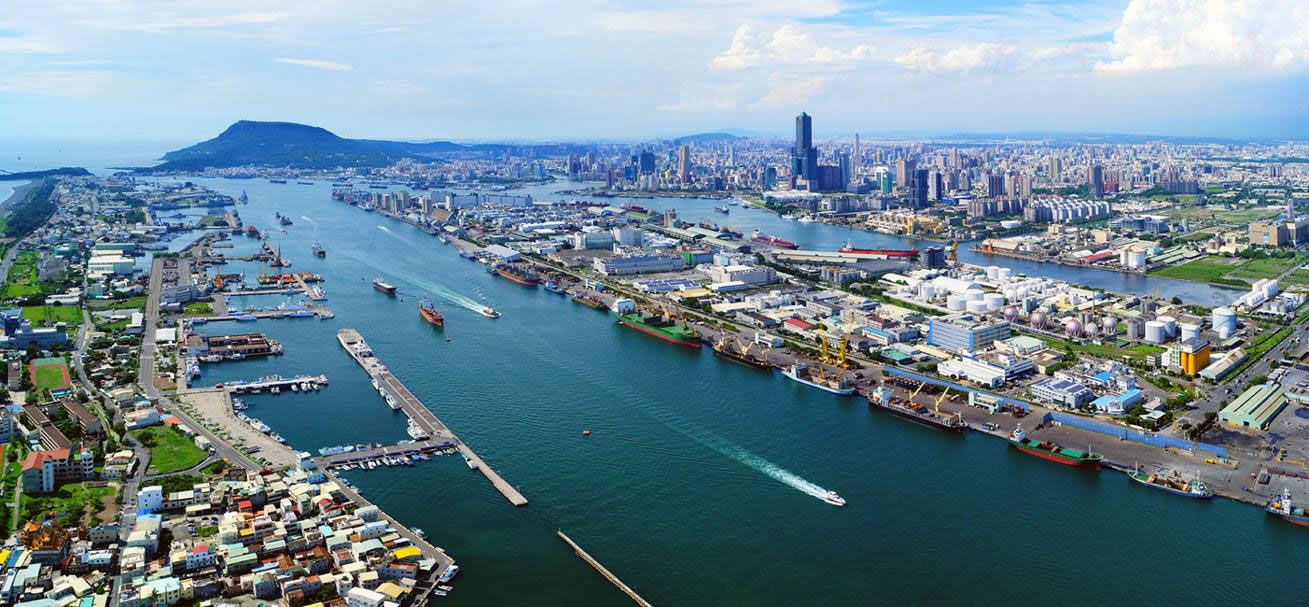





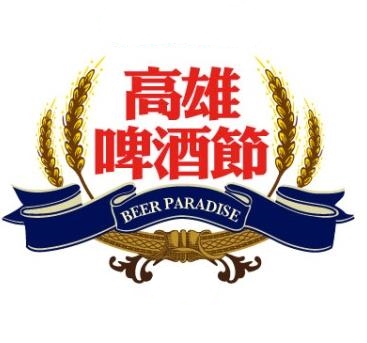

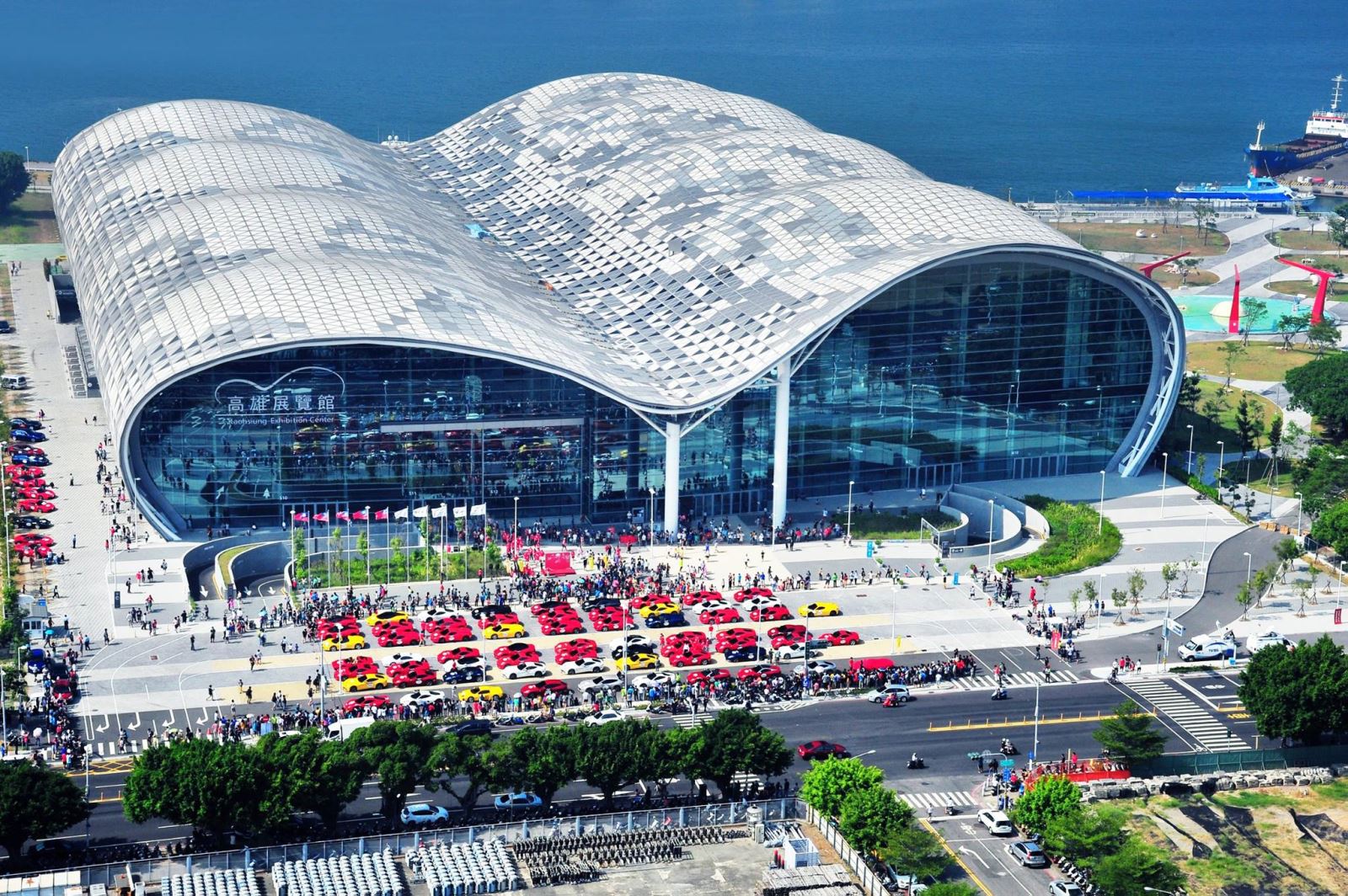

Kaohsiung (chinesisch 高雄市, Pinyin Gāoxióng Shì, Tongyong Pinyin Gaosyóng Shìh, W.-G. Kao-hsiung Shih, Pe̍h-ōe-jī Ko-hiông-chhī, Japanisch: Takao) ist die zweitgrößte Stadt Taiwans. Sie ist eine von sechs regierungsunmittelbaren Städten Taiwans und in 38 Bezirke unterteilt.
Kaohsiung liegt im Südwesten der Insel Taiwan am Südchinesischen Meer und verfügt über den wichtigsten Hafen des Landes. Hier wird der größte Teil der taiwanischen Ölimporte abgewickelt, die von der umliegenden Industrie verarbeitet werden.
高雄市(カオションし/たかおし[1]、中国語: 高雄市、英語: Kaohsiung)は、台湾南部に位置する中華民国の直轄市。1979年7月1日、台湾省管轄下の省轄市から直轄市に昇格し、2010年12月25日に高雄県を統合した。台湾地区最大の面積を有する都市で、人口おおよそ277.3万、台湾第3の都市である。
Kaohsiung (Hokkien POJ: Ko-hiông; Hakka PFS: Kô-hiùng; old names: Takao, Takow, Takau) is a coastal city in southern Taiwan. It is officially a special municipality with an area of 2,952 km2 (1,140 sq mi) stretching from the coastal urban centre to the rural Yushan Range. As of 2018, the municipality has a population of 2.77 million persons, making it the third most populous administrative division in Taiwan.[4]
Since founding in the 17th century, Kaohsiung has grown from a small trading village into the political and economic centre of southern Taiwan, with key industries such as manufacturing, steel-making, oil refining, logistics and shipbuilding. It is classified as 'High Sufficiency' by GaWC, with some of the most prominent infrastructures in Taiwan. The Port of Kaohsiung is the largest and busiest harbour in Taiwan while Kaohsiung International Airport is the second busiest airport in number of passengers. The city is well-connected to other major cities by high speed and conventional rail, as well as several national freeways. It also hosts the Republic of China Navy fleet headquarters and its naval academy. More recent public works such as Pier-2 Art Center, National Kaohsiung Center for the Arts and Kaohsiung Music Center have been aimed at growing the tourism and cultural industries of the city.
Kaohsiung (chinois traditionnel : 高雄 ; pinyin : ; pe̍h-ōe-jī : Ko-hiông) est une municipalité spéciale de Taïwan, avec environ 2 775 318 habitants, répartis dans 11 districts.
Dans les années 1990 et au début des années 2000, avant la mise en service du High Speed Rail (HSR, le TGV taiwanais), 126 vols par jour la reliaient à Taipei, ce qui constitue un record mondial pour une distance assez courte de 350 km.
Le maire de la ville depuis le 9 décembre 2006 est Chen Chu.
La municipalité, avec 2,78 millions d'habitants, est la 3e ville la plus importante de Taiwan après New Taipei et Taichung.
Kaohsiung (高雄S, GāoxióngP, Kao-hsiungW) è la seconda città per grandezza di Taiwan, con un popolazione stimata intorno ai 2.770.000 abitanti, divisi negli undici distretti.
Kaohsiung è il centro più importante per la manifattura, la raffinazione ed i trasporti della nazione. Il tasso d'inquinamento è alto data la presenza massiccia di industrie. Kaohsiung è inoltre il centro portuale del paese che si occupa di export (alluminio, legname, carta, fertilizzanti, cemento, metalli, macchinari e navi). Il suo porto è sceso al dodicesimo posto in ordine di grandezza al mondo (dati MOTC 2009), dopo aver occupato la terza posizione nel corso degli anni '80. Kaohsiung è il centro dell'industria navale di Taiwan, nonché il quartier generale della Marina Militare Taiwanese.
Kaohsiung ha ospitato i World Games del 2009, un evento multisportivo che includeva sport non facenti parti dei Giochi olimpici. La città è dotata della stazione terminale della linea ad alta velocità che la collega, anche con treni diretti, a Taipei. Ci sono anche 2 linee di metropolitana molto moderne, dotate di 38 stazioni di cui si progetta l'ampliamento, che garantisce una buona possibilità di movimento in città, e che appunto collegano la stazione dei treni ed anche l'aeroporto internazionale di Kaohsiung.
Kaohsiung : 高雄, mandarín Hanyu Pinyin: Gāoxióng, POJ: Ko-hiông) o Takao (chino: 打狗, POJ: Táⁿ-káu) es la tercera ciudad en tamaño e importancia de la República de China. Con una población de alrededor de 2.777.000 habitantes, está dividida en 11 distritos.
Kaohsiung es una de las 5 "municipalidades especiales" taiwanesas junto con Taipéi, Nuevo Taipéi, Taichung y Tainan, ciudades con gran autonomía y con su propio yuan legislativo (delegación del Parlamento).
A diferencia de Taipéi, las calles y avenidas de Kaohsiung son anchas y grandes, con un tráfico menos congestionado que el de la capital. Sin embargo, la contaminación atmosférica alrededor de la ciudad es notablemente alta debido, sobre todo, a la industria del acero asentada en la zona. Kaohsiung es el mayor puerto de Taiwán (aunque no está regido por el gobierno municipal), siendo, por lo tanto, el destino de la mayoría del petróleo importado. También acoge gran cantidad de industrias siderúrgicas.
El área de Kaohsioung es de gran importancia para la exportación: produce aluminio, madera y productos de papel, fertilizantes, cemento, metales, maquinaria y barcos, y es el centro de la industria naval taiwanesa, así como base principal de la Armada de la República de China. Su sistema de metro, en funcionamiento desde 2008, es conocido como KMRT (Rápido Tránsito de Masas de Kaohsiung) y posee varias de las más bellas estaciones que existen en el mundo.
Kaohsiung acogió como sede principal los Juegos Mundiales de 2009, una competición multideportiva que consiste, básicamente, en los deportes que no figuran en la lista de los Juegos Olímpicos.
Гаосю́н[3] (高雄 Gāoxióng) — город на юго-западе Тайваня. Третий по величине город на острове с населением около 2,7 млн человек.[4] Крупный порт и промышленный центр.
25 декабря 2010 года город был объединён с одноимённым уездом, образовав более крупный муниципалитет.[5]
 Architecture
Architecture

 Vacation and Travel
Vacation and Travel
 Transport and traffic
Transport and traffic
 Eat and Drink
Eat and Drink
 Exhibition
Exhibition
 International cities
International cities
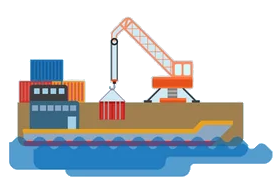 Important port
Important port